25 Healthy Eating Habits Other Countries Have Mastered
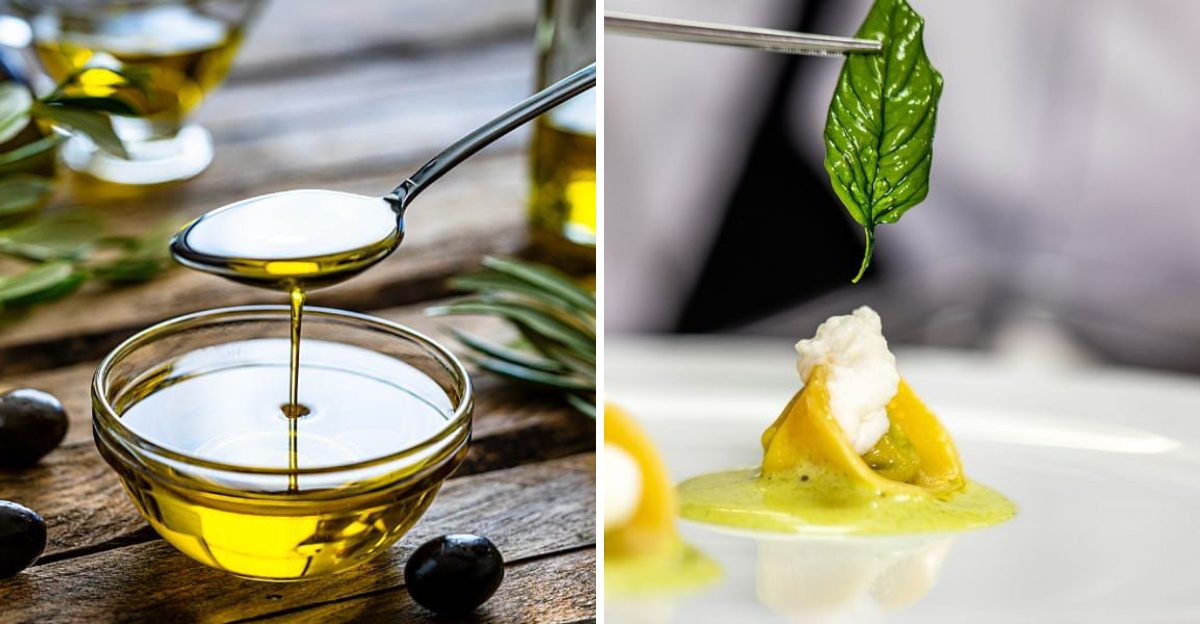
Exploring the world through its culinary practices reveals fascinating insights into healthier ways of eating. Different countries have perfected unique habits that contribute to their overall well-being. From savoring seasonal produce to embracing slower meal times, these traditions offer valuable lessons. This blog delves into 25 remarkable eating habits from around the globe, showcasing how other cultures have mastered the art of healthy eating.
1. Eating Seasonally
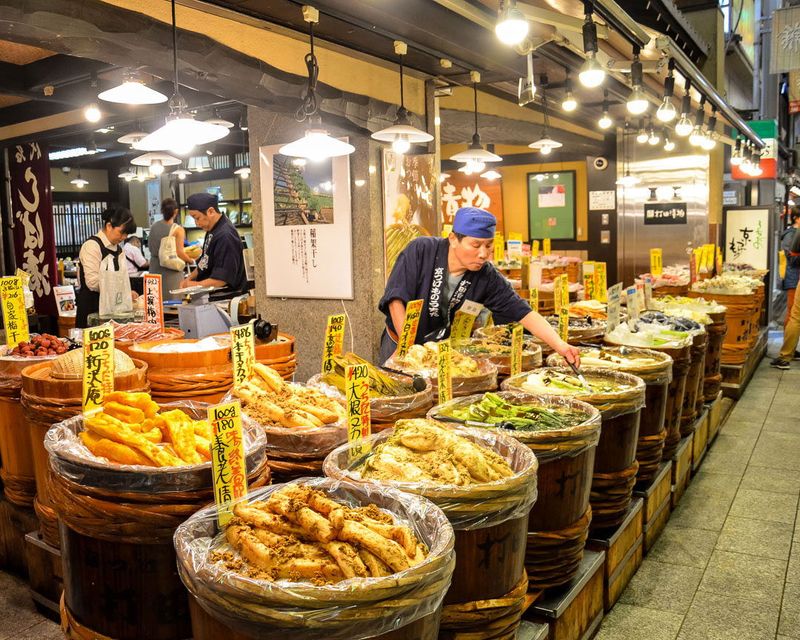
Imagine strolling through a bustling Japanese market filled with vibrant, freshly picked fruits and vegetables. Eating seasonally means enjoying produce at its peak, offering optimal flavor and nutrition. This practice is cherished in Japan, Italy, and France, where seasonal foods bring variety to the table. Not only does it support local farmers, but it also reduces the environmental impact of long-distance transportation. Seasonal eating ensures that every bite is packed with nutrients and flavor. It’s a simple yet powerful way to connect with nature’s cycles and enjoy the freshest ingredients throughout the year.
2. Portion Control
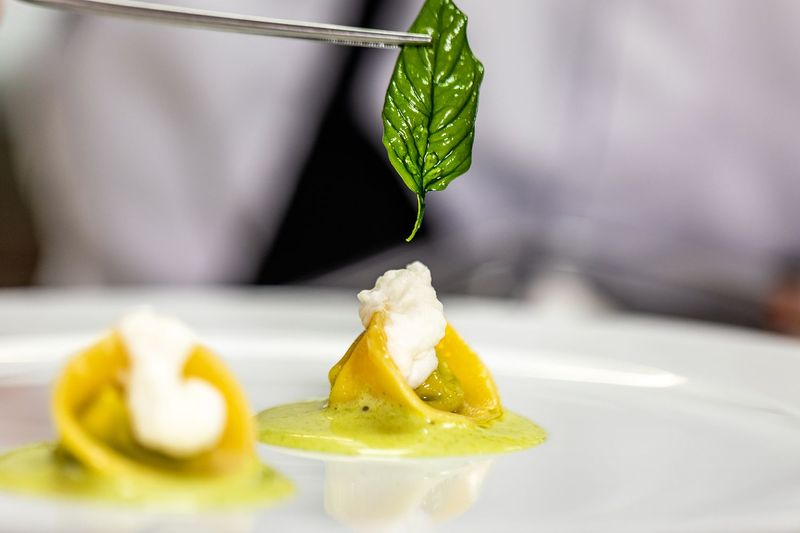
In a quaint Parisian café, savoring a small plate of exquisite French cuisine is an art form. Portion control, an integral habit in France, emphasizes quality over quantity. Instead of oversized servings, the French indulge in rich flavors, enjoying each bite mindfully. This approach prevents overeating and promotes appreciation for the meal. Eating less but better is the mantra, allowing for a diverse range of foods without overindulgence. It’s a practice that nurtures the palate and supports a healthy balance, proving that sometimes less really is more when it comes to dining.
3. Using Olive Oil as a Staple

In the sun-drenched kitchens of Greece and Spain, olive oil is a cherished staple. Renowned for its heart-healthy properties, this golden elixir enhances the Mediterranean diet. Used in cooking, dressings, and drizzling over dishes, it adds a rich, smooth flavor. Olive oil’s benefits include reducing inflammation and promoting cardiovascular health. Its versatility makes it a beloved ingredient, elevating simple dishes into culinary delights. This tradition celebrates the abundance of olive groves and the oil’s nourishing qualities, making it a cornerstone of a balanced and flavorful diet.
4. Sitting Down for Meals

In Italy and India, meals are more than just sustenance; they are an occasion to connect. Sitting down for meals encourages mindful eating and better digestion. The focus is on enjoying the company, savoring flavors, and appreciating the moment. Meals become a time to relax, recharge, and bond with loved ones. In these cultures, food is meant to be savored, not rushed, leading to fewer cravings and a deeper satisfaction. This tradition of leisurely dining fosters a healthier relationship with food and enhances overall well-being.
5. Fermented Foods in the Daily Diet
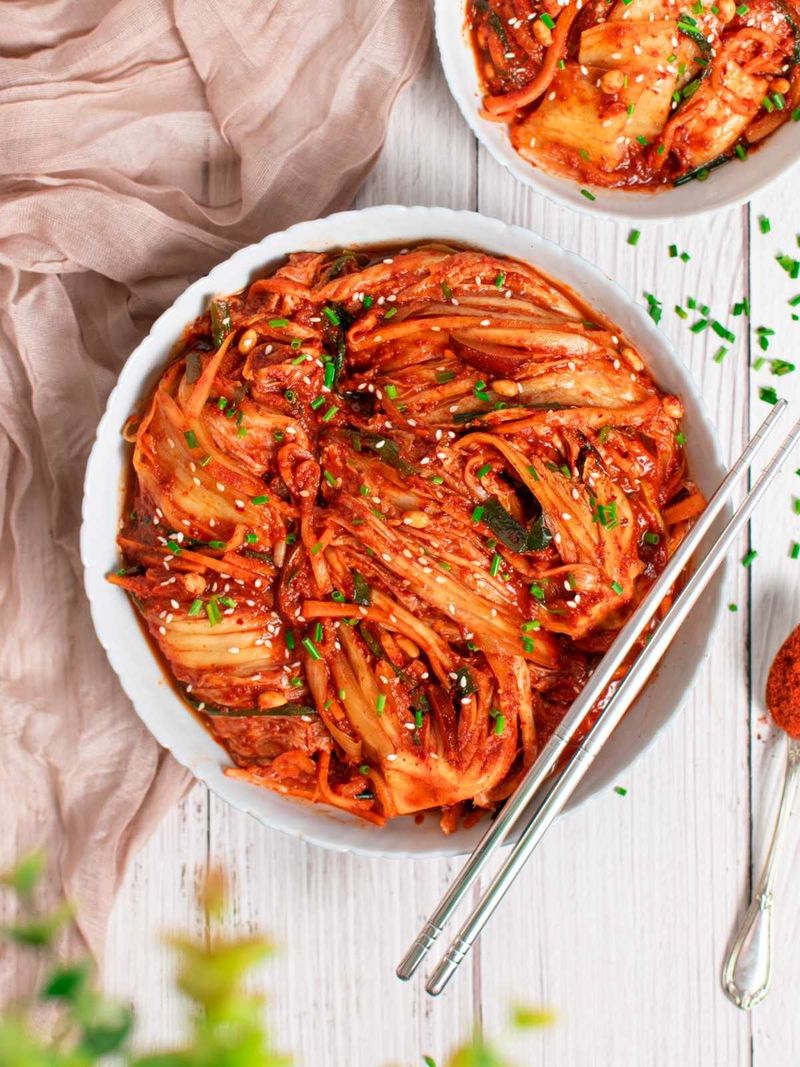
In the kitchens of Korea, Japan, and Germany, fermentation is an art. Kimchi, sauerkraut, and miso are staples, rich in probiotics that promote gut health. Fermented foods are celebrated for their tangy flavors and health benefits, including improved digestion and strengthened immune systems. Incorporating these foods into daily meals supports a diverse gut microbiome, essential for overall health. This tradition of fermentation adds depth and variety to dishes, making each bite a flavorful journey. It’s a testament to the power of patience and natural processes in creating nutritious foods.
6. Eating More Seafood
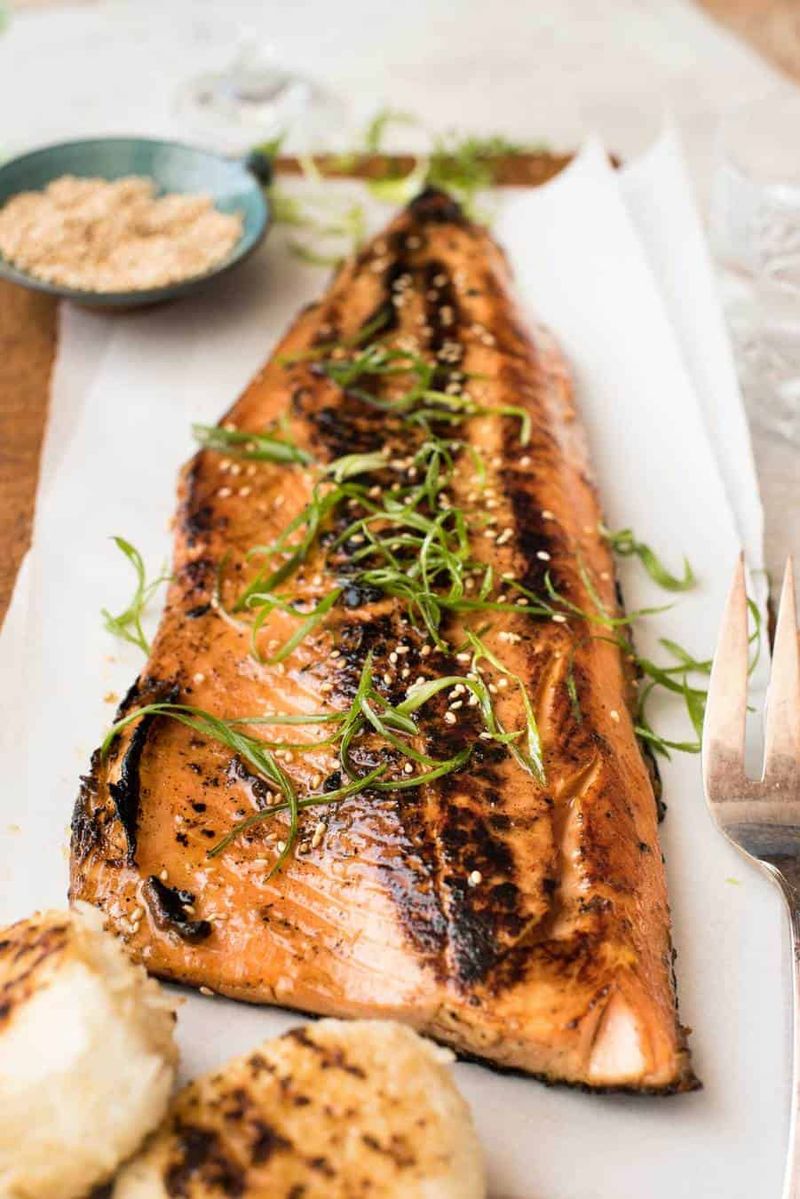
In coastal regions of Japan and Nordic countries, seafood is more than just a meal; it’s a lifestyle. Oily fish like salmon, sardines, and mackerel are dietary staples, rich in omega-3 fatty acids. These nutrients support heart health and provide essential fats for the body. Eating more seafood contributes to a balanced diet, offering lean protein and minerals. This tradition celebrates the bounty of the sea, fostering a deep connection with nature. Embracing seafood as a primary food source helps maintain a healthy weight and supports sustainable fishing practices.
7. Walking After Meals

In Italy, Turkey, and India, taking a gentle stroll after meals is a cherished habit. This simple practice aids digestion and helps regulate blood sugar levels. Walking allows the body to process food more efficiently and provides a moment to unwind. It’s a time for reflection, relaxation, and enjoying the surroundings. This tradition encourages a healthy lifestyle, incorporating physical activity into daily routines. By embracing leisurely walks, these cultures promote better digestion and overall well-being. It’s a reminder that small, consistent habits can have a significant impact on health.
8. Less Snacking, More Structured Meals
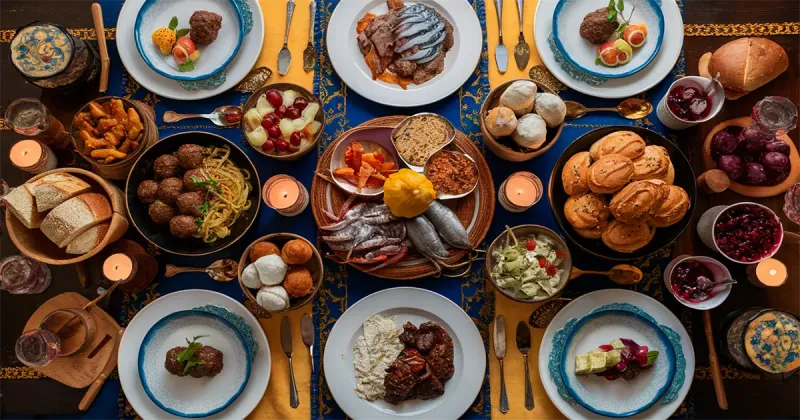
In Sweden and France, the focus is on structured meals rather than constant snacking. By dedicating specific times for meals, these cultures allow the body ample time to digest and utilize nutrients. This approach reduces the urge to graze throughout the day and promotes mindful eating. Structured meals are balanced, satisfying hunger without the need for frequent snacks. This tradition encourages a disciplined eating pattern, supporting digestion and maintaining energy levels. It’s a practice that honors the importance of mealtimes, fostering a healthy relationship with food and supporting overall wellness.
9. Cooking from Scratch
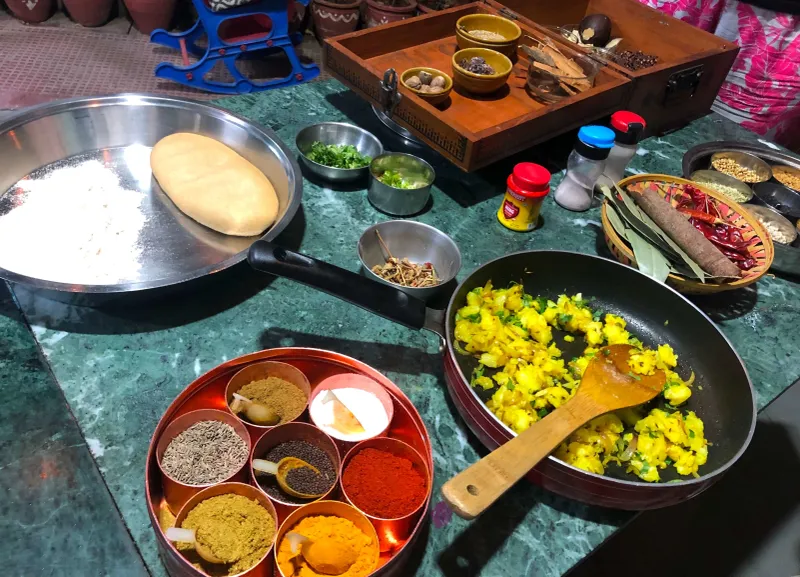
In India, Thailand, and Greece, cooking from scratch is a cherished tradition. Home-cooked meals allow for control over ingredients, reducing reliance on processed foods. This practice ensures meals are free from additives and preservatives, focusing on natural flavors. Cooking from scratch fosters a connection with culinary heritage and allows for creativity in the kitchen. It’s a way to nourish the body with wholesome, nutrient-rich meals. This tradition promotes healthier eating habits and supports a sustainable lifestyle, emphasizing the value of homemade meals crafted with care and intention.
10. Using Herbs and Spices Instead of Salt
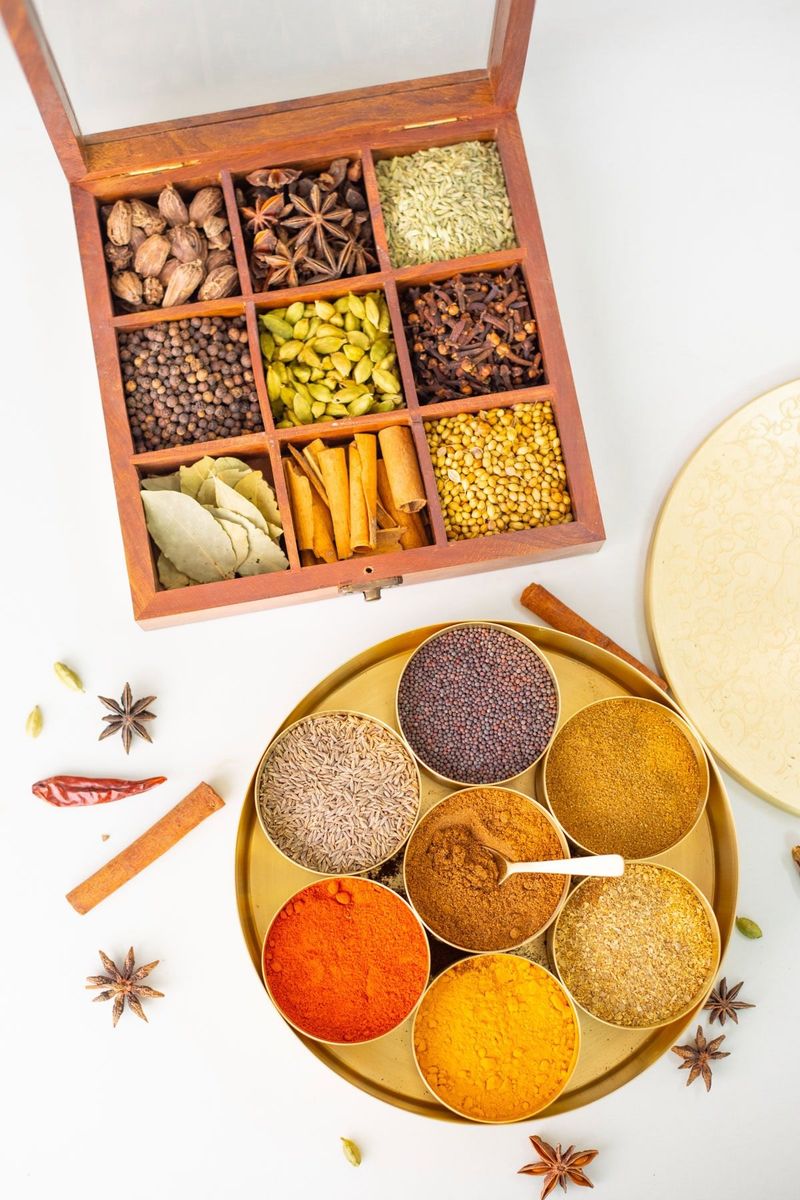
In kitchens across India and Ethiopia, flavor is king. Instead of relying on salt, these cultures use a rich array of herbs and spices to enhance their dishes. This approach reduces sodium intake while adding depth and complexity to meals. From turmeric to coriander, these spices offer health benefits, including anti-inflammatory properties. Using herbs and spices encourages creativity in cooking, allowing for endless possibilities. This tradition celebrates the vibrant flavors of the world, proving that healthy eating doesn’t have to be bland or boring. It’s a flavorful journey that delights the taste buds.
11. Eating More Legumes
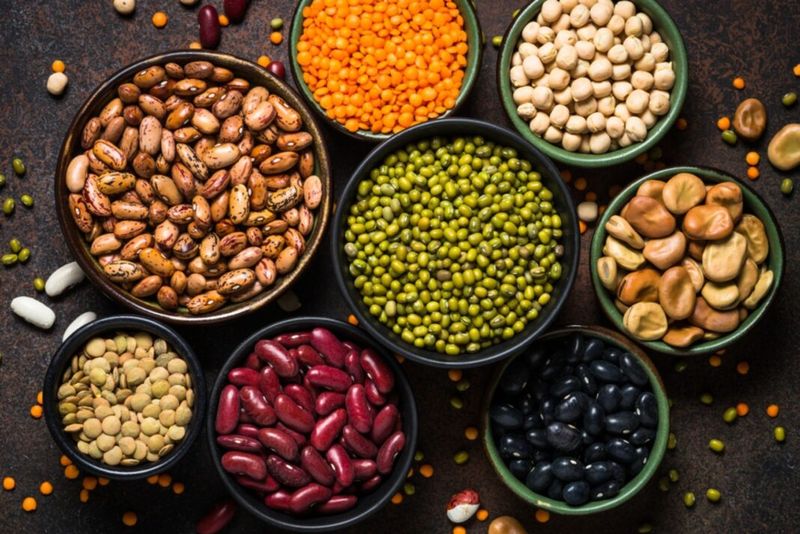
In Mexico, Egypt, and India, legumes are a dietary cornerstone. Beans, lentils, and chickpeas provide a plant-based source of protein, rich in fiber and nutrients. These versatile ingredients are used in a variety of dishes, from stews to salads. Eating more legumes supports heart health and aids digestion, offering a satisfying alternative to meat. This tradition celebrates the earth’s bounty, promoting a sustainable and nutritious diet. By incorporating legumes into daily meals, these cultures embrace a balanced approach to eating, nourishing the body and soul with every bite.
12. Drinking Herbal Teas Daily

In Morocco, China, and Argentina, herbal teas are more than just beverages; they are a daily ritual. From mint tea to yerba mate, these drinks offer a natural way to support digestion and reduce sugar intake. Herbal teas are celebrated for their calming effects and health benefits. Drinking tea provides a moment of relaxation and reflection, promoting mindfulness and well-being. This tradition highlights the importance of simple, natural remedies in daily life. By incorporating herbal teas, these cultures embrace a balanced lifestyle, nurturing both body and mind.
13. Embracing Plant-Based Meals
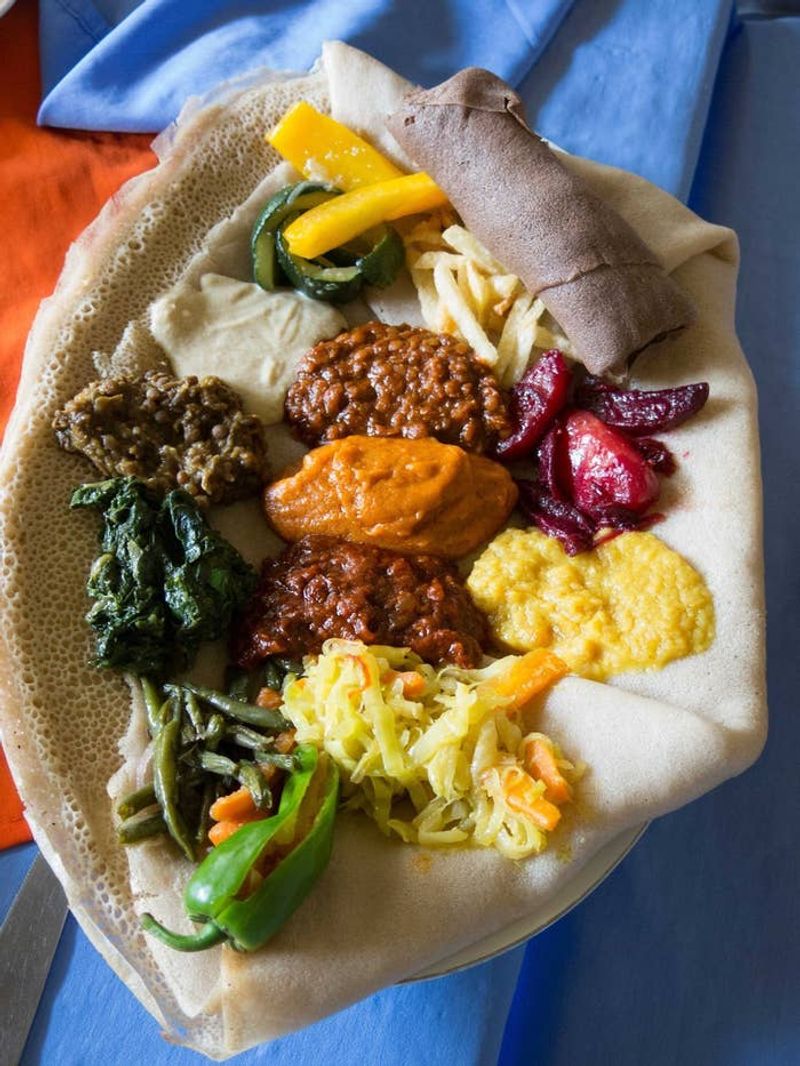
In Ethiopia, India, and Vietnam, plant-based meals are a celebration of diversity. Vegetables, grains, and legumes take center stage, offering a wealth of nutrients and flavors. These cultures use meat sparingly, often as a complement rather than the main focus. Embracing plant-based meals supports a sustainable diet and encourages creativity in the kitchen. This tradition highlights the abundance of plant foods, proving that they can be both satisfying and delicious. By prioritizing plants, these cultures promote a healthier lifestyle, reducing the environmental impact and nurturing the body with wholesome foods.
14. Prioritizing Family Meals
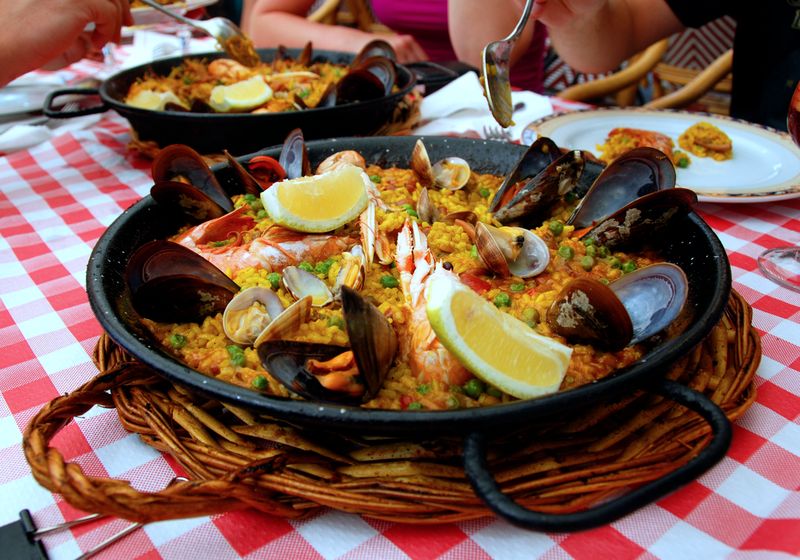
In Spain, Greece, and Lebanon, family meals are a cherished tradition. Gathering around the table encourages slower eating and deeper connections. Shared meals foster a sense of belonging and promote mindful eating. This practice strengthens family bonds and creates a supportive environment for healthy habits. Prioritizing family meals emphasizes the importance of togetherness and communication. It’s a time to share stories, laughter, and love, enhancing overall well-being. By making mealtimes a priority, these cultures cultivate a nurturing atmosphere that supports a balanced lifestyle and enriches daily life.
15. Eating Pickled or Preserved Vegetables
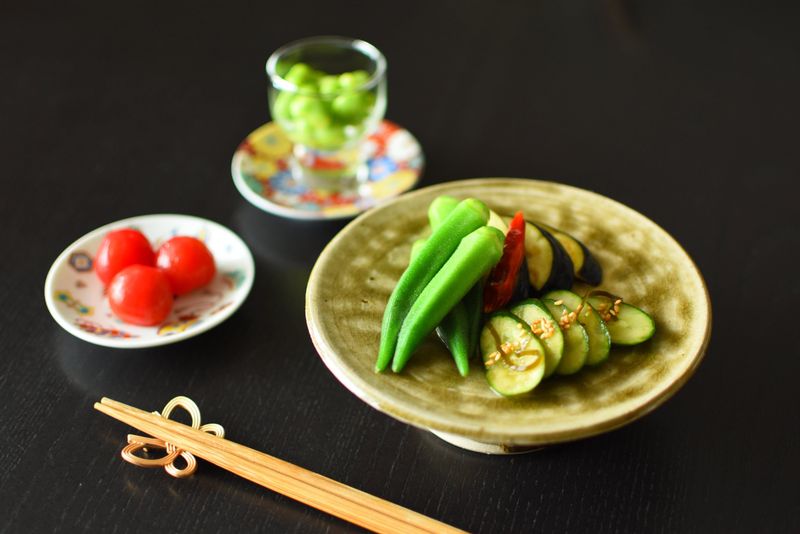
In Japan, Korea, and Eastern Europe, pickled and preserved vegetables are a culinary staple. These foods offer a burst of flavor and health benefits, rich in probiotics and nutrients. Pickling preserves the harvest, ensuring a supply of vegetables year-round. This tradition adds variety to meals and supports gut health, promoting a balanced diet. Eating pickled vegetables enhances dishes with tangy, complex flavors. It’s a celebration of preservation techniques passed down through generations, adding depth and character to everyday meals. By embracing pickled foods, these cultures enjoy a vibrant culinary experience.
16. Starting the Day with Protein or Whole Grains
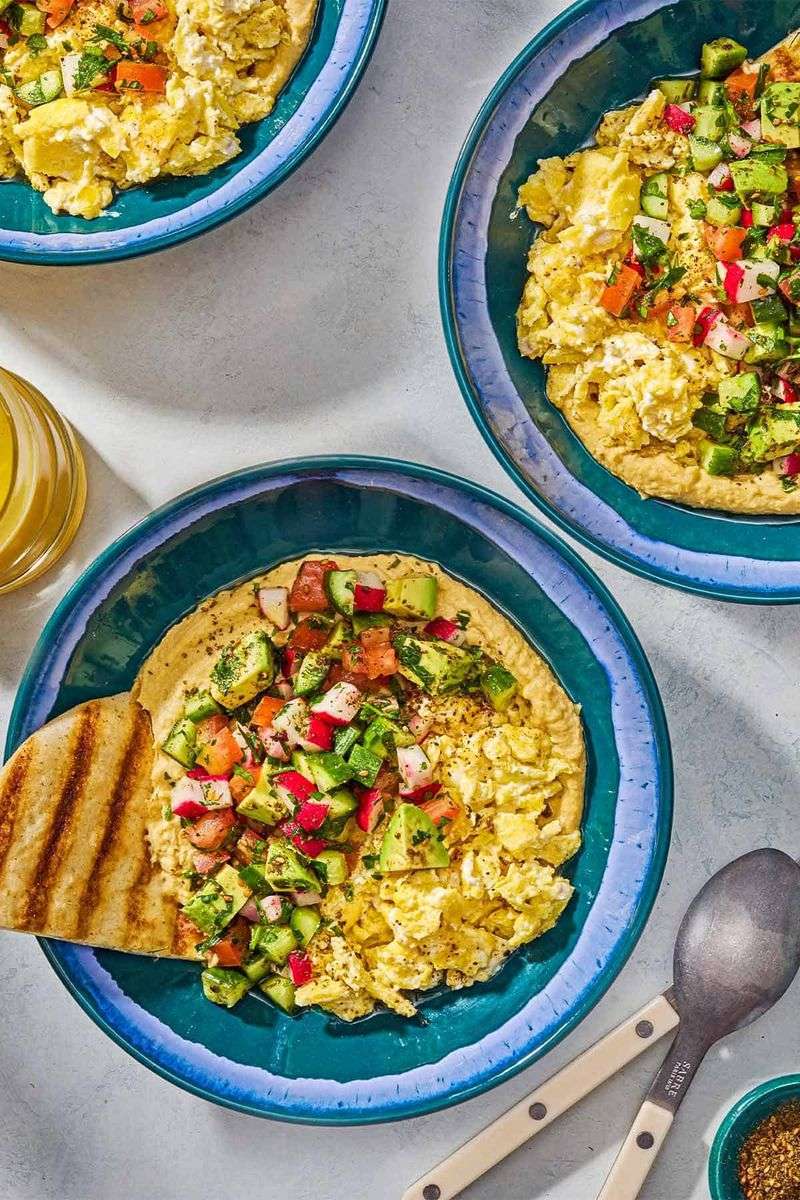
In Turkey and China, breakfast is a nourishing affair. Starting the day with protein or whole grains sets the tone for sustained energy. Eggs, yogurt, congee, and lentils are popular choices, providing essential nutrients and keeping hunger at bay. This tradition emphasizes the importance of a balanced breakfast, supporting metabolism and cognitive function. By prioritizing protein and whole grains, these cultures ensure a strong start to the day. It’s a practice that fuels the body and mind, promoting overall health and vitality. Breakfast becomes a cornerstone of a healthy lifestyle.
17. Drinking Water or Broth-Based Soups Before Meals
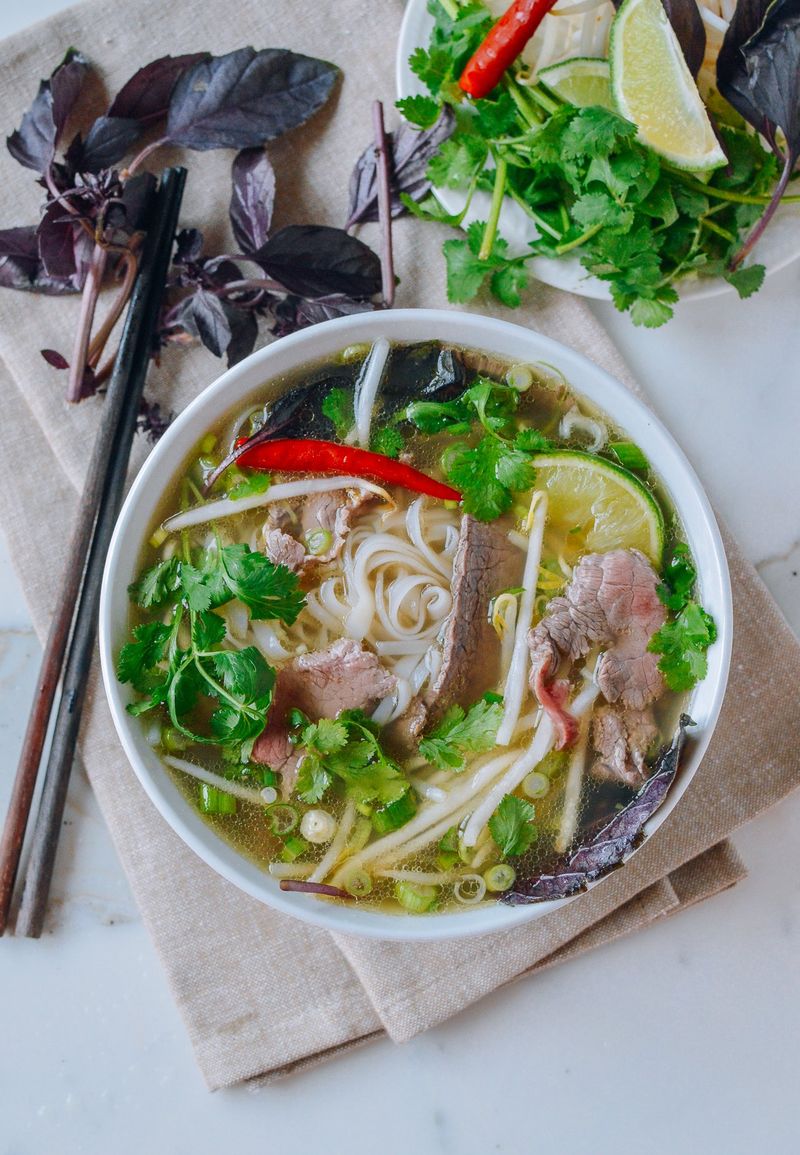
In Vietnam and Thailand, mealtime begins with a hydrating ritual. Drinking water or broth-based soups before meals aids digestion and controls appetite. These light starters offer a burst of flavor and nutrients while preparing the stomach for the main course. This tradition promotes mindful eating, encouraging moderation and balance. By incorporating soups into the dining experience, these cultures enhance meals without overindulgence. It’s a simple yet effective way to support digestive health and maintain a healthy weight. The practice of starting with soup enriches the culinary journey.
18. Using Real Sugar in Small Amounts

In France and Iran, dessert is an art. Using real sugar in small amounts allows for the enjoyment of sweet treats without guilt. Instead of artificial sweeteners, these cultures embrace the authenticity of real ingredients. Sweets are savored in moderation, highlighting the importance of balance and indulgence. This tradition encourages appreciation for quality over quantity, enhancing the dining experience with genuine flavors. By choosing real sugar, these cultures promote a mindful approach to desserts, celebrating the joy of sweet moments. It’s a reminder that indulgence can be part of a healthy lifestyle when enjoyed thoughtfully.
19. Eating with Chopsticks
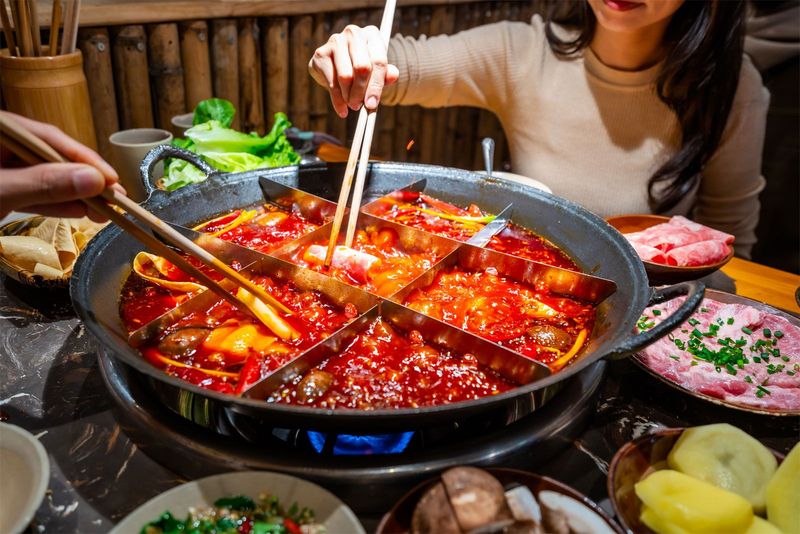
In China, Japan, and Korea, chopsticks are more than utensils; they are a cultural symbol. Eating with chopsticks naturally slows down the pace, allowing for mindful dining. This practice encourages smaller bites and thorough chewing, aiding digestion. Using chopsticks fosters a connection with tradition, enhancing the dining experience. It’s a skill that promotes attention to detail and appreciation for the meal. By embracing chopsticks, these cultures cultivate a mindful approach to eating, reducing the risk of overeating. It’s a practice that celebrates cultural heritage while supporting a balanced lifestyle.
20. Making Lunch the Biggest Meal
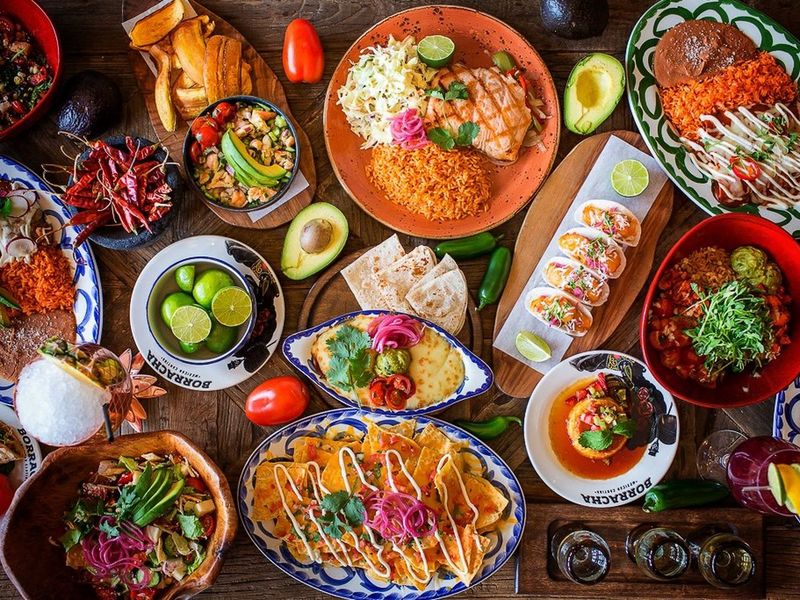
In Mexico, Argentina, and Italy, lunch is the main event. Making lunch the biggest meal provides ample energy for the day’s activities. This tradition supports better digestion and promotes a balanced lifestyle. By emphasizing a hearty lunch, these cultures reduce the need for heavy dinners, leading to improved sleep and metabolism. It’s a practice that aligns with the body’s natural rhythms, ensuring sustained energy throughout the day. This approach to mealtimes fosters a healthier relationship with food, proving that timing matters as much as portion size in maintaining well-being.
21. Minimal Use of Ultra-Processed Foods
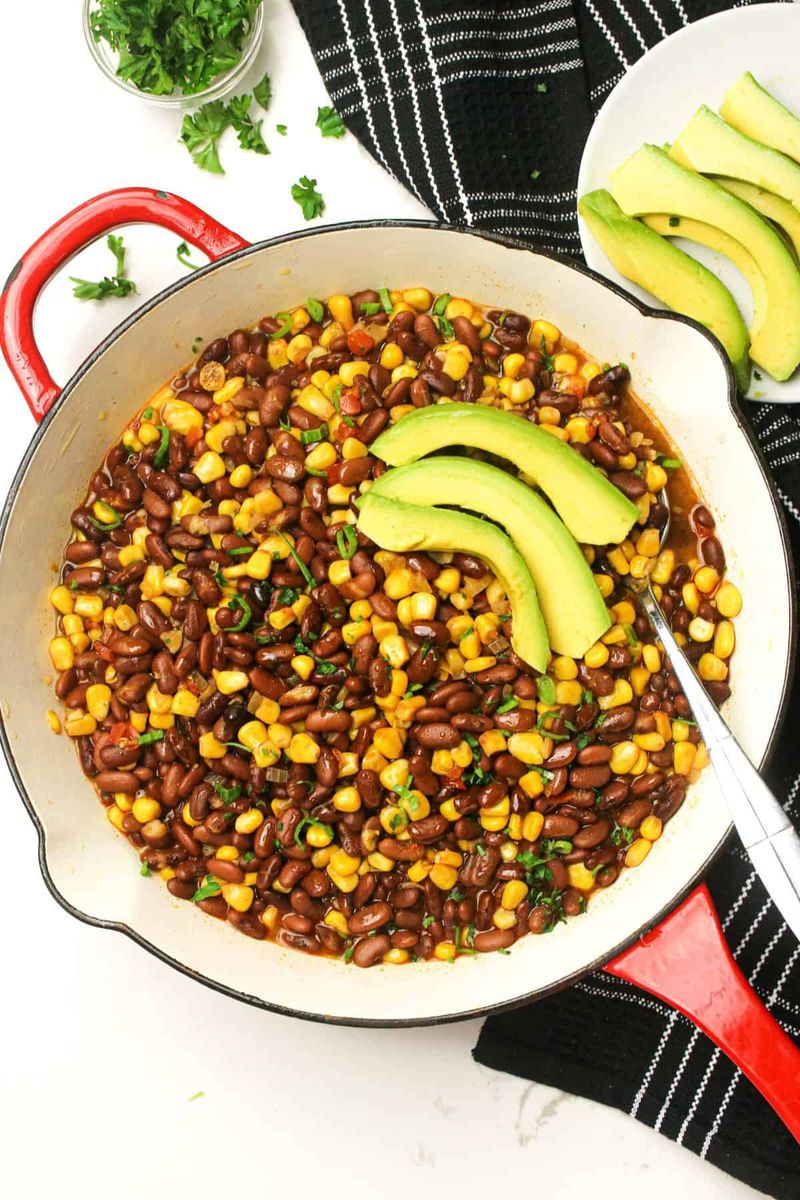
In Kenya, Bangladesh, and Peru, traditional diets prioritize whole ingredients over ultra-processed foods. This approach reduces exposure to additives and preservatives, focusing on natural flavors. By cooking with fresh produce and whole grains, these cultures maintain a healthy diet, rich in nutrients. This tradition celebrates the simplicity and purity of natural ingredients, supporting a sustainable lifestyle. By minimizing processed foods, these cultures cultivate a balanced approach to eating, fostering long-term health and well-being. It’s a reminder of the power of simplicity in nourishing the body and mind.
22. Keeping Sweets for Special Occasions
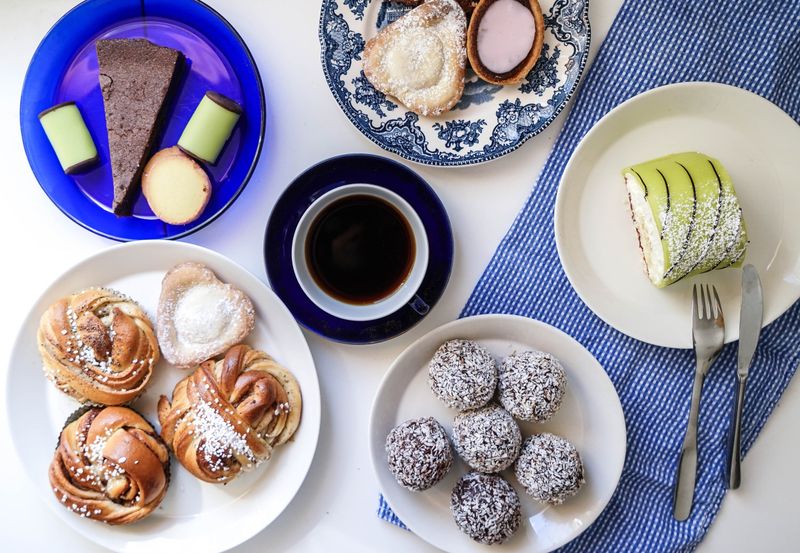
In the Nordic countries and the Middle East, sweets are reserved for celebrations. Keeping desserts for special occasions makes them more meaningful and enjoyable. This tradition reduces the frequency of sugar consumption, promoting a balanced diet. By treating sweets as treats, these cultures emphasize the importance of moderation and celebration. It’s a practice that enhances the joy of special moments, making each occasion memorable. By reserving sweets for festivities, these cultures foster a healthy relationship with sugar, proving that indulgence can be savored without guilt when done mindfully.
23. Drinking Bone Broth or Clear Soups Regularly

In China, Vietnam, and Colombia, bone broth and clear soups are dietary staples. Rich in minerals and easy to digest, these soups provide nourishment and comfort. Drinking bone broth regularly supports gut health and strengthens the immune system. This tradition celebrates the art of simmering, extracting flavors and nutrients from natural ingredients. By incorporating bone broth into meals, these cultures embrace a holistic approach to eating, promoting overall well-being. It’s a simple yet effective way to enrich the diet, proving that nourishing foods can be both delicious and beneficial.
24. Shopping Fresh Daily
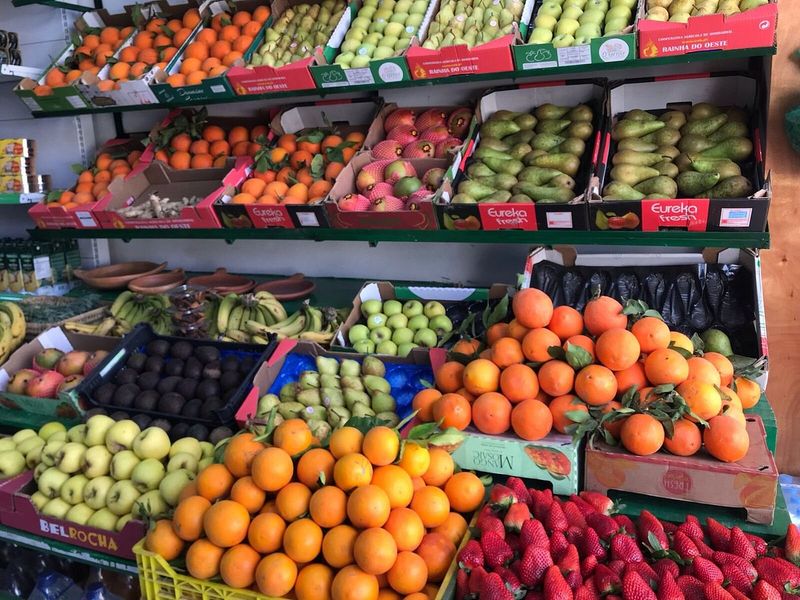
In Italy, France, and Morocco, shopping for fresh produce daily is a treasured ritual. This practice ensures access to the freshest ingredients, supporting local farmers and reducing waste. By visiting markets or bakeries each day, these cultures prioritize quality over convenience. Fresh ingredients enhance the flavor and nutritional value of meals, promoting a healthy diet. This tradition fosters a connection with the community and the land, celebrating the abundance of nature. By embracing daily shopping, these cultures cultivate a mindful approach to eating, enriching the culinary experience with freshness and vitality.
25. Eating with Gratitude and Ritual

In Japan, Bhutan, and many native cultures, eating is a sacred act. Taking a moment to express gratitude before meals fosters mindfulness and appreciation. This ritual enhances the dining experience, encouraging a deeper connection with food and its origins. Eating with gratitude promotes a positive relationship with food, reducing the risk of overindulgence. By honoring the journey from farm to table, these cultures embrace a holistic approach to eating. It’s a practice that enriches the soul, proving that nourishing the body is as much about intention as it is about ingredients.
